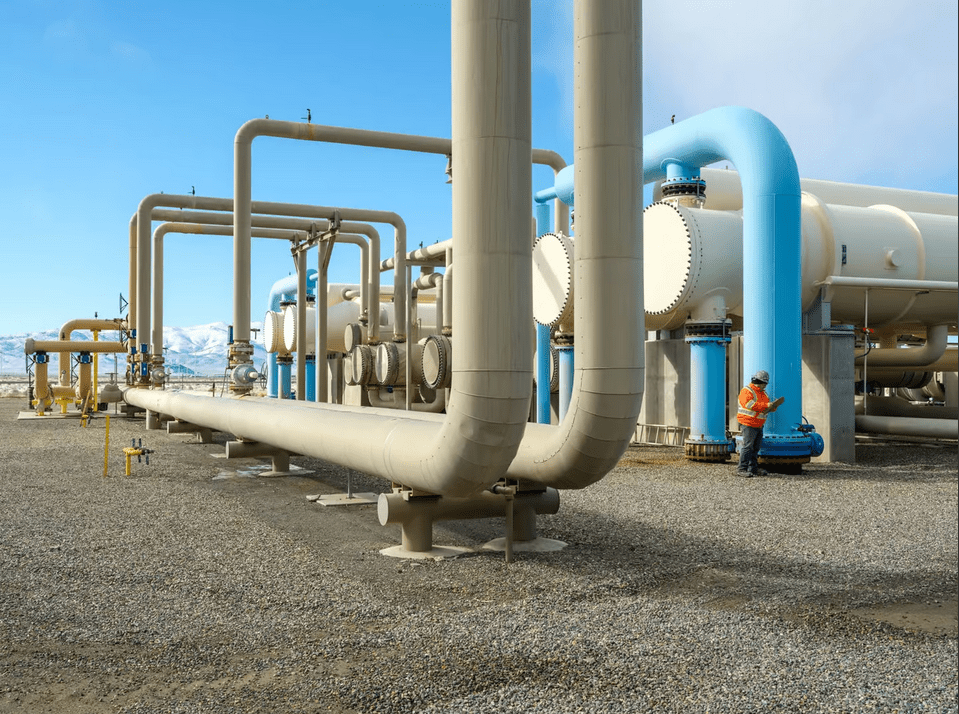Google has achieved a significant milestone with the operationalization of its advanced geothermal plant in Nevada, marking a breakthrough in the accessibility of clean and consistent geothermal energy. Developed in partnership with Fervo, the project deploys an innovative technique inspired by the oil and gas industry to unlock geothermal resources in locations where traditional projects face limitations.

Unlike conventional geothermal initiatives that rely on specific geological conditions, this pilot project drills horizontally into deep rock, injecting pressurized fluid to create fractured, permeable rock—a method analogous to fracking in the oil and gas sector.
The Nevada plant, generating a steady 3.4 megawatts of energy, extracts water from 3,250-ft-long horizontal bores situated 8,000 ft below the surface, reaching temperatures of up to 191 °C (376 °F). Originally conceived as part of Google’s commitment to achieving 100% clean energy operation by 2030, the project also serves to provide Fervo with a commercial proof of concept for its advanced geothermal technology.

This success has propelled Fervo to embark on a larger-scale project in Utah named Cape Station. With a scheduled grid connection in 2026 and full-scale power production by 2028, Cape Station aims to generate around 400 MW of continuous energy. The U.S. Department of Energy envisions a substantial expansion of geothermal energy, estimating its potential to provide up to 120 GW of clean energy by 2050—about 16% of the nation’s projected energy needs.

Fervo’s achievements highlight the transformative potential of advanced geothermal techniques, minimizing the geological constraints that have historically limited the exploitation of geothermal resources. As Fervo and other companies, such as Quaise, which employs fusion-derived particle beam technology for geothermal drilling, scale up their operations, there is a growing prospect of making even deeper hot rock resources economically exploitable.

The momentum in geothermal energy not only aligns with global efforts to address environmental concerns but also contributes to a cleaner, more sustainable energy landscape. These advancements underscore a broader trend in leveraging emerging technologies to create a cleaner and more habitable planet for future generations, marking an exciting era for geothermal and other forms of clean energy.


